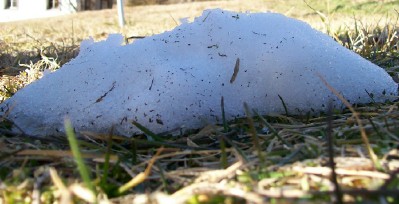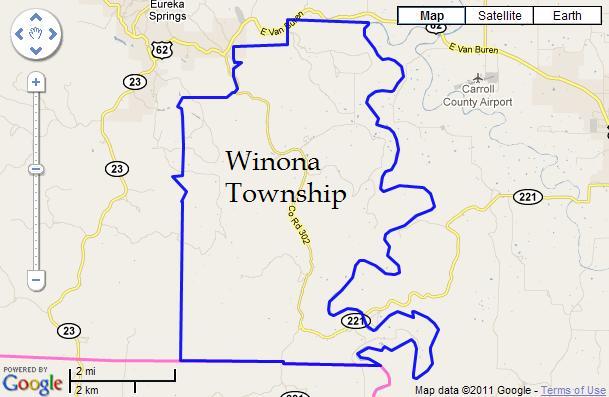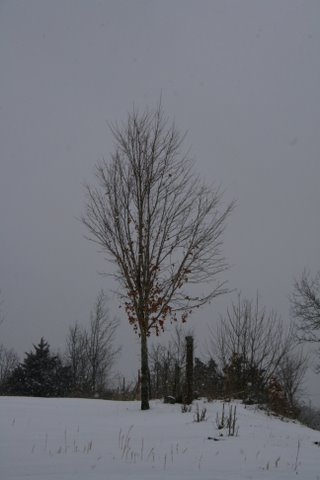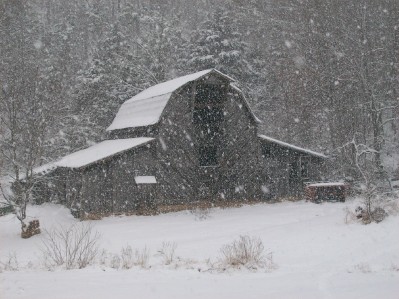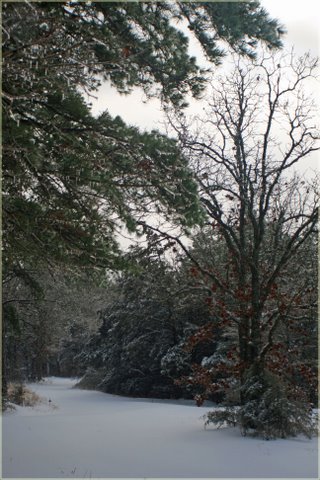I was surprised at dusk to look up and see a large solitary bat at treetop level flying slowly toward the creek that drains the biggest spring in the hollow. Even with the warm weather the last few days it seemed early to see a bat – but then I do not know much about these fine, non-feathered friends. In moments of mammalian confusion there is only one person to turn to: Dr. John A. Sealander, my boyhood hero. Since that is actually impossible, I pulled his book off the shelf and cracked it open toward the front where I knew the bat section to be. A Guide To Arkansas Mammals should be in every Arkansawyer’s reference section, both for practical and patriotic reasons.
Reading Professor Sealander’s thoughts on the topic I was able to narrow down the type of bat it could be. The bat I saw was unlike the normal little things we see every spring and summer, flitting around in crooked lines as if intoxicated. This bat’s sheer size and that it flew around in an orderly fashion on a warm winter’s day at twilight were clues to its identity.
A dozen or more types of bats inhabit this part of the Ozarks, but only four have the obvious characteristics my untrained eye observed. From what I read, my guess is I saw the common Big Brown Bat, but I really don’t know. It could also be a Red Bat, a Hoary Bat or an Evening Bat. I think of bats as eating mosquitos, which the little bats do, but these big ones sometimes eat things like wasps and June bugs. Interesting.








